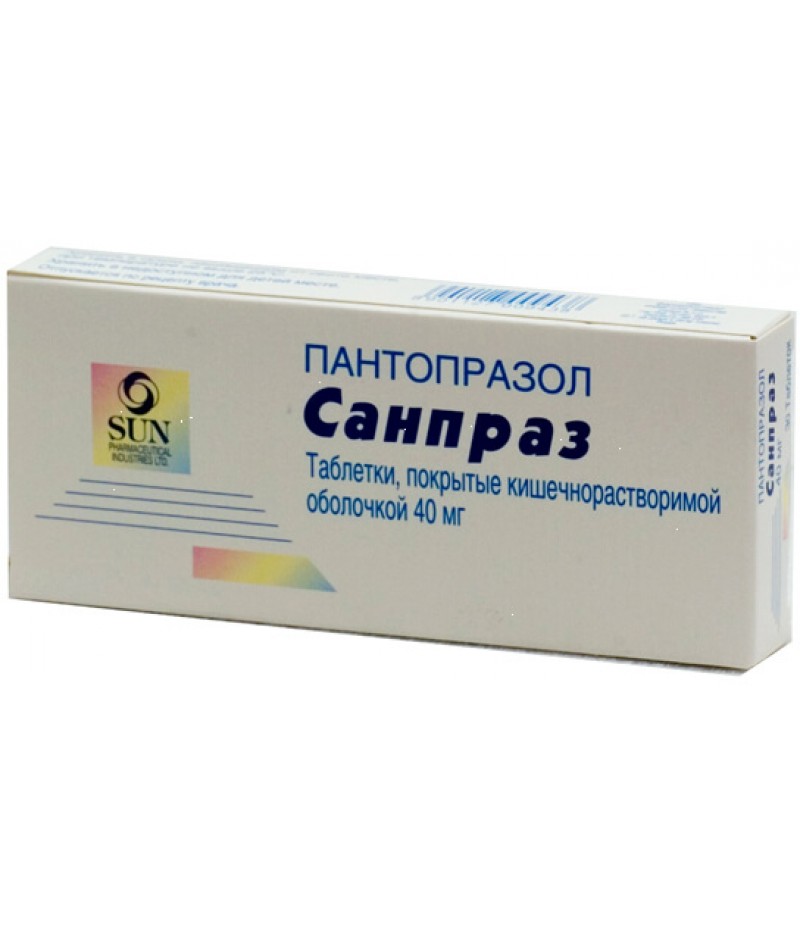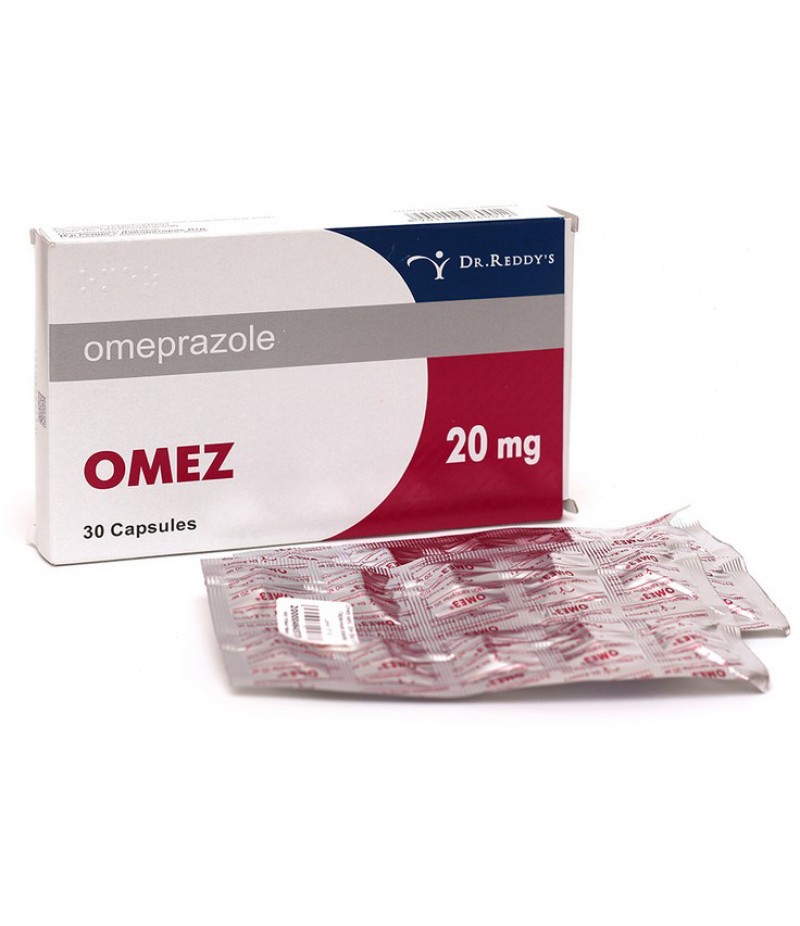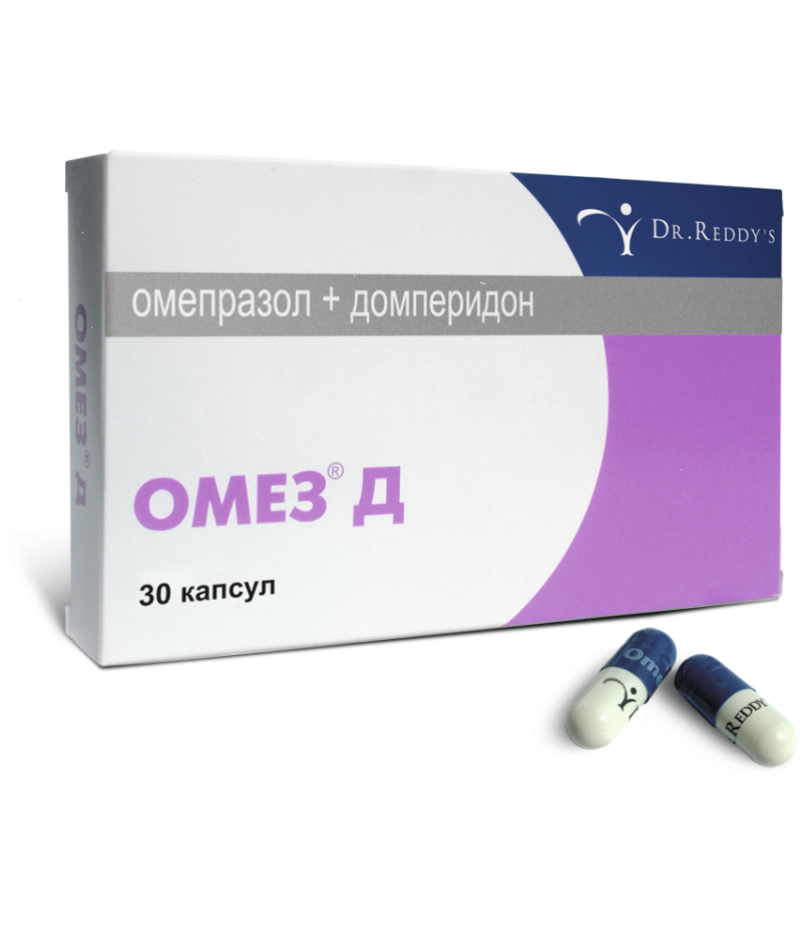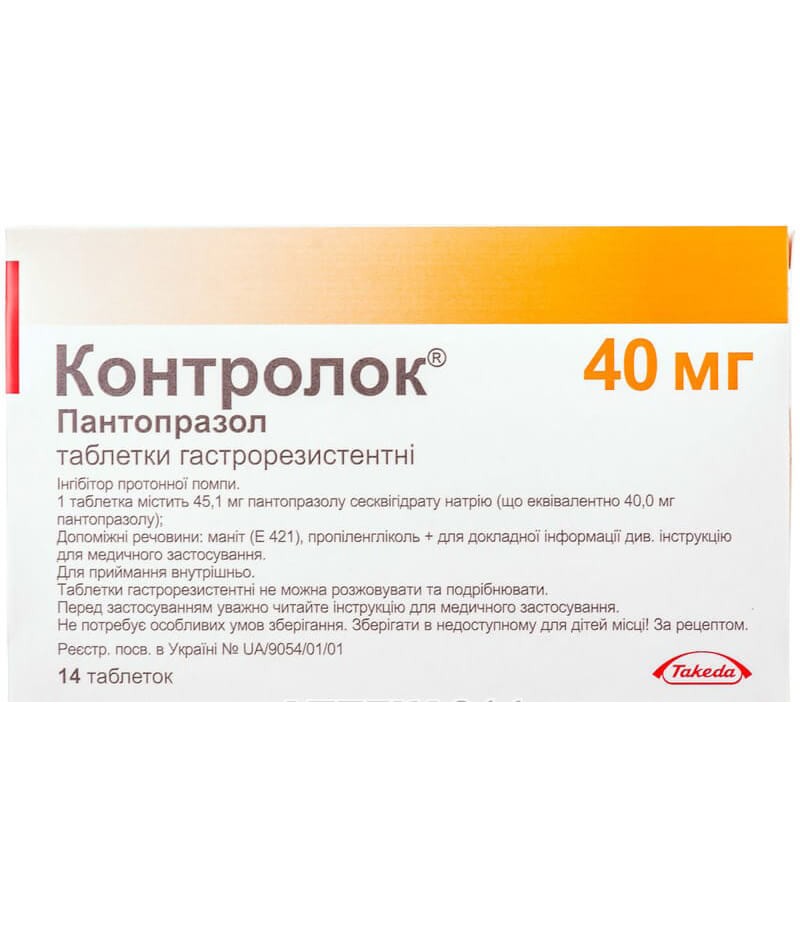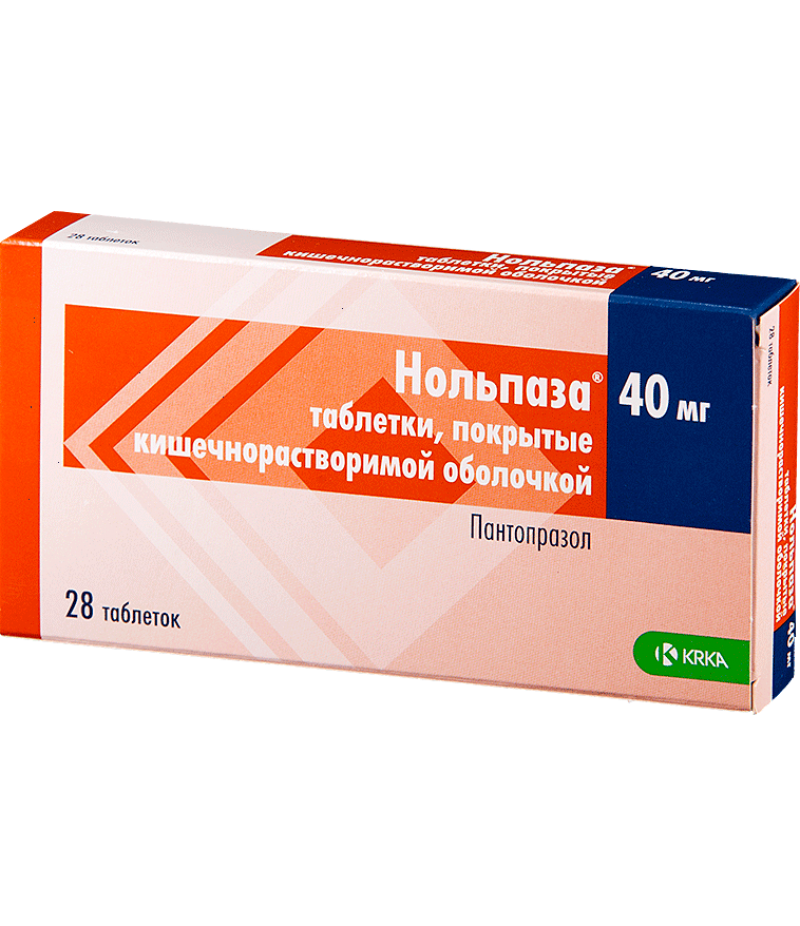Sunpras tabs 40mg #30
- $29.26
- 3 or more $28.90
- Availability:In Stock
User manual for SunprasYou can buy Sunpras tablets hereCompositionIn one tablet: pantoprazole sodium sesquihydrate 45, 1 mg (40 mg in terms of pantoprazole) + calcium carbonate, sodium lauryl sulfate, colloidal silicon dioxide, ma..
Tags: tabs
User manual for Sunpras
You can buy Sunpras tablets here
Composition
In one tablet: pantoprazole sodium sesquihydrate 45, 1 mg (40 mg in terms of pantoprazole) + calcium carbonate, sodium lauryl sulfate, colloidal silicon dioxide, magnesium oxide, crospovidone, calcium stearate, triethyl citrate, titanium dioxide, macrogol 6000, methacrylic acid and ethyl acrylate in the form of a copolymer, copovidone, talc, yellow iron oxide.
In one bottle: contains 40 mg of pantoprazole + 0.9% solution of sodium chloride.
Form of issue
The medicine is released in the form of tablets of yellow color, covered with enteric coating. The shape is round, convex. For 10 pieces in aluminum strips. In cardboard packs one by one, two or three strips.
Also, the preparation is released as a white lyophilizate. In transparent glass bottles of 40 mg. A transparent colorless solvent with a capacity of 10 mg is sold in the kit.
pharmachologic effect
Inhibitor of proton sediment.
Pharmacodynamics and pharmacokinetics
The drug - inhibits the proton application of enzymes H + -K + -ATPase.
There is a blockage in the production of hydrochloric acid at the last stage of the process, basal and stimulated secretion is reduced, regardless of the origin of the specific stimulus.
If the patient has a gastric ulcer caused by Helicobacter pylori bacteria, then by decreasing the production of hydrochloric acid, the sensitivity of bacteria to antibiotics increases. It is noteworthy that the drug has no effect on normal gastrointestinal motility.
After taking the tablets, the therapeutic effect occurs within an hour, the maximum reaches 2-4 hours. 3-4 days after the end of the drug intake, the secretion of hydrochloric acid and other substances comes back to normal. The substance is stable, at neutral pH does not affect the oxidase system of the liver, which depends on the enzyme cytochrome P450.
When taken orally, the active ingredient is rapidly absorbed into the digestive tract. Cmax in blood plasma, equal to 2-3 μg per ml is achieved after 3 hours. About 98% of pantoprazole binds to plasma proteins. Parallel intake of food does not affect the pharmacokinetic parameters. With frequent and long-term use, this indicator remains constant.
Half-life is one hour. The drug undergoes metabolic reactions in the liver. Metabolites are excreted through the kidneys and with fecal masses.
The drug is not cumulated in the body. For persons suffering from renal failure who are on hemodialysis, dose adjustment is not required.
With cirrhosis of the liver, the elimination half-life increases to 7-9 hours, the maximum concentration is 1.5 times greater.
In elderly people, the maximum concentration in the blood and the AUC of the drug increase somewhat. However, correction of the daily dose is not required.
When administered intravenously, the indices are similar to that of tablets.
Indications for use
The drug is prescribed:
with Zollinger-Ellison syndrome;
for the treatment and prevention of ulcers caused by stress;
at an erosive gastritis, including, connected with reception of nonsteroid anti-inflammatory preparations;
for the treatment of GERD;
for the treatment of gastric ulcers and duodenal ulcers, usually in acute form;
to eliminate the bacterium Helicobacter pylori in combination with antibiotics;
for the treatment of bleeding, perforations and penetration, arising as complications of the stomach ulcer.
Contraindications
The medicine is not prescribed:
when indigestion caused by neurotic disorders;
children;
when allergic to the components of the product;
with oncological diseases of the stomach and intestines.
In the presence of liver disease, cirrhosis of the liver and during pregnancy, the drug is prescribed with caution.
Side effects
When taking medication, you may experience:
depression, headache, disorientation, hallucinations and confusion;
thrombocytopenia, leukopenia;
thrombophlebitis and phlebitis;
pain in epigastrium, constipation or diarrhea, nausea, flatulence, dry mucous membranes, jaundice, increased level of hepatic enzymes;
arthralgia, myalgia;
urticaria, itchy skin, anaphylactic shock, erythema, Quincke's edema, photosensitivity, Stevens-Johnson syndrome;
increase in temperature or level of triglycerides, nephritis.
Instructions for use Sunpras (method and dosage)
Depending on the condition of the patient, the doctor should prescribe one or another dosage form of the drug.
Sunpras tablets, instructions for use
Tablets are taken orally, squeezed with liquid, without cracking or grinding them. It is best to take the medicine in the morning, on an empty stomach, for an hour, before the first meal.
With a stomach ulcer appoint 40-80 mg per day for treatment and 20 mg per day for prevention. Duration of admission is 4-8 weeks.
With duodenal ulcer and erosive gastritis, the daily dosage is 40-80 mg, for prevention, 20 mg of medication per day are also taken. The course of treatment - a fortnight.
To eradicate the bacterium Helicobacter is prescribed at 80 mg per day for 2 doses. Duration of treatment is 7-14 days. Parallel, as a rule, prescribe antibiotics.
With erosion of the gastrointestinal tract caused by the intake of NSAIDs, the daily dosage is 40-80 mg, 20 mg for prevention. The course of treatment is up to 2 months.
To treat reflux-esophagitis use 20-40 mg of the drug per day. For prophylaxis - 20 mg. Duration of admission is 4-8 weeks.
Instructions for solution for intravenous administration
This form of medicine is prescribed when it is not possible to use tablets. As soon as it becomes possible, they switch to the tablet form.
To prepare the solution, mix the contents of the vials.
The solution is injected in a jet or through a dropper. The injection time is from 2 to 15 minutes, the pH of the solution is 9-10. After 3 hours, the prepared solution becomes unsuitable for administration.
Usually, 40 mg (one bottle) per day is used. It is permissible to make intravenous injections within 7-10 days.
The maximum amount of the drug per day is 80-160 mg. The dose should be divided into 2 injections.
If the patient has serious violations in the liver, the maximum daily dosage is 20 mg. During treatment, the level of hepatic enzymes should be closely monitored.
If the patient is on hemodialysis or in advanced age, do not exceed the dosage of 40 mg per day.
Overdose
No cases of overdose. With intravenous administration of 240 mg, no significant changes in the patient's condition were observed.
If the overdose does occur, symptomatic therapy, detoxification measures, hemodialysis are indicated.
Interaction
The combination of Sunpras with ketoconazole, ritonavir and iron salts reduces their absorption due to a change in the pH of the gastric juice.
The drug can be combined with digoxin, metoprolol, clarithromycin, diclofenac, naproxen, glibenclamide, diazepam, phenytoin, tacrolimus, midazolam, theophylline, ethanol, caffeine, nifedipine, amoxicillin, oral contraceptives, phenazole, piroxicam, levothyroxine sodium, carbamazepine, cyclosporine, cisapride, Metronidazole.
With the simultaneous administration of the drug and atazanavir, the effectiveness of the latter is reduced.
If you take the drug and Warfarin, there is a change in the prothrombin index, possibly the occurrence of bleeding. In this regard, PTI should be carefully monitored.
Terms of sale
You don't need a prescription to buy Sunpras.
Storage conditions
Keep in a dry place, protected from children and light. At a temperature of not more than 30 degrees.
Shelf life
Tablets - 3 years.
Lyophilizate - 2 years, the solvent - 3 years.
special instructions
Before prescribing the remedy, the probability of a malignant tumor in the digestive tract should be excluded. Taking the drug can mask the symptoms and delay the date of the correct diagnosis.
If, at the end of the treatment, there is no improvement in the condition, you need to review the diagnosis and perform further examinations.
In pregnancy and lactation
It is not recommended to prescribe the drug during pregnancy. There is a slight embryotoxicity of the agent. When taking Sunpras, you need to stop breastfeeding.
Reviews about Sunpras
The Internet is mostly positive feedback about Sunpras. The remedy is quite effective and effective. Some complain of side effects in the form of diarrhea, dizziness and nausea, high cost of the drug.

